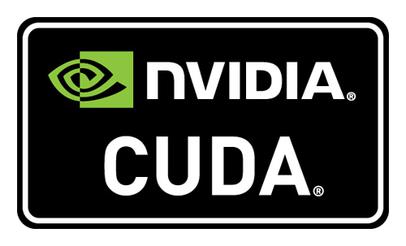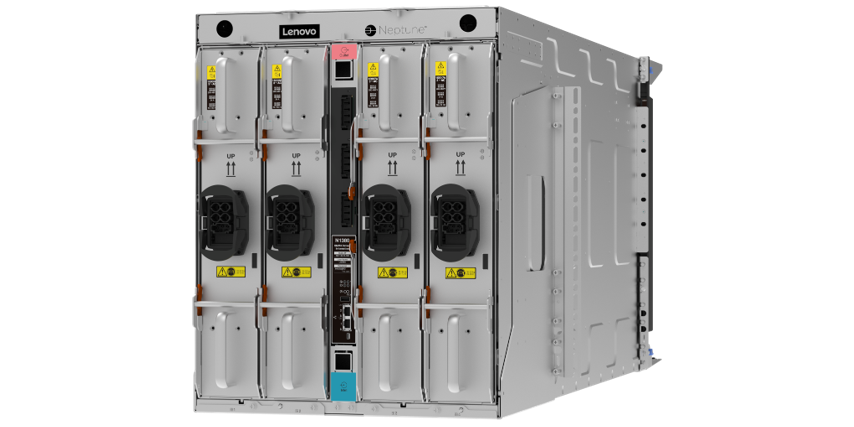 As NVIDIA kicked off virtual GTC this morning, the company unveiled more than 60 updates to its CUDA-X libraries, tools and technologies for developers building accelerated applications in HPC-related fields such as 6G, quantum computing, genomics, drug discovery and logistics optimization, as well as robotics, cybersecurity and data analytics.
As NVIDIA kicked off virtual GTC this morning, the company unveiled more than 60 updates to its CUDA-X libraries, tools and technologies for developers building accelerated applications in HPC-related fields such as 6G, quantum computing, genomics, drug discovery and logistics optimization, as well as robotics, cybersecurity and data analytics.
NVIDIA also said the CUDA platform has been downloaded more than 33 million times since its introduction in 2008, with 8 million downloads in 2021.
Built on top of CUDA, NVIDIA’s platforms for AI, high-performance computing and graphics include software development kits and tools for developers, researchers and data scientists to tap into NVIDIA’s advanced platform, “tackling the immense complexity at the intersection of computing, algorithms and science.”
Highlights include:
- cuQuantum, for accelerating quantum circuit simulation, now in GA and available in the cuQuantum DGX Appliance, which provides HPC researchers a quantum simulation stack for deployment on the NVIDIA DGX platform. NVIDIA said cuQuantum is integrated as a backend in simulators from Google Quantum AI, Xanadu and Oak Ridge National Laboratory. Also offered as part of quantum development platforms from Classiq and Zapata Computing, it is used by QC Ware, Xanadu and others to power quantum research at scale in areas from chemistry to climate modeling, according to NVIDIA.
- Sionna, for 6G physical-layer research, is a new, GPU-accelerated, open-source library, with native support for the integration of neural networks and machine learning. Sionna is built for rapid prototyping of complex communication system architectures and adds to NVIDIA’s investment in the wireless domain, which includes Aerial, a unified software-defined platform for delivering AI-on-5G. “Sionna will transform the way AI/ML-based communication systems are developed in the future,” said Christoph Studer, professor in the Department of Information Technology and Electrical Engineering at ETH Zürich. “Even better, it runs incredibly fast on our NVIDIA DGX Station.”
- RAPIDS, data science libraries to accelerate drug discovery, social connections and fraud detection has, according to the company, been downloaded more than 2 million times and used in more than 5,000 projects on GitHub. NVIDIA said the RAPIDS Accelerator for Apache Spark speeds processing by over 3x with no code changes. With 80 percent of the Fortune 500 using Apache Spark in production, data engineers can transparently accelerate Spark data frame and SQL operations.
- cuOpt, formerly ReOpt, for logistics optimization research focused on vehicle routing, “enables users to route thousands of packages to thousands of locations in mere seconds with record accuracy — enabling real-time rerouting and saving potentially billions in delivery costs each year,” the company said.
- Morpheus, for cybersecurity applications, enables data analysis in real time, designed for more accurate detection and faster remediation of threats as they occur. F5 said it achieved 200x performance improvements to its malware detection model, going from 1,013 messages per second to 208,333 messages per second, with just 136 lines of code.
- DGL container, for training graph neural networks, adds algorithm improvements delivering 4x faster end-to-end ETL and training workflows than CPUs in areas such as drug discovery and fraud detection.
- Nsight Systems, for system-wide visualization of application performance, allows developers to see how GPU-accelerated libraries use system resources, interact with the application and identify bottlenecks.
Among other libraries being updated are MONAI, for medical imaging; NVIDIA FLARE, for federated learning, with nearly 300,000 downloads; Maxine, for reinventing communications; Riva, for speech AI; Merlin, for recommender systems; and Isacc, for robotics, according to NVIDIA.
“Innovation in AI and accelerated computing is driving major scientific breakthroughs and the creation of new applications and services in virtually every industry,” said Greg Estes, vice president of Developer Programs at NVIDIA. “With these updates, NVIDIA is making it easier than ever for researchers and developers to take advantage of the power of CUDA and get the highest performance from our platforms.”



